Psychoacoustics and Travel: How Sound Influences Our Perception
The Unseen Guide: The Role of Sound in Our Travel Experiences
We often visualize travel through pictures: the vibrant markets of Marrakesh, the tranquil shores of Santorini, or the spectacular vistas of the Grand Canyon. But travel is a multi-sensory experience, and sound, an essential part of this mix, contributes significantly to our perception of places. This perception falls within the realm of psychoacoustics – the study of the psychological and physiological responses associated with sound.
Echoes of Location: Understanding Soundmarks
Every location has a unique sonic identity, its “soundmark,” contributing to its distinct personality (Truax, 1999). These auditory signatures encompass both the harmony of nature (waves, birds, wind) and the rhythm of human activities (marketplace chatter, vehicle noise, music).
Consider how the echoing church bells, buzzing cafes, or rhythmic footfall on cobblestone streets paint an auditory picture of a European village. Contrast this with the auditory tapestry of a city like Istanbul, where the call to prayer, bustling bazaars, and the constant hum of ferries contribute to a very different, equally vibrant soundscape.
A Deeper Resonance: Psychoacoustics and Perception
Psychoacoustics doesn’t merely catalog sounds; it explores our psychological responses to them. These reactions can profoundly affect our mood, stress levels, and cognitive function (Gould van Praag et al., 2017; Evans & Lepore, 1993). So, the soundscapes we encounter while traveling can significantly affect our overall experience of a place.
An Uncharted Journey: Sound as an Integral Part of Travel
By becoming more aware of our destinations’ soundscapes, we can add another layer to our travel experiences. Actively listening can enhance our understanding and appreciation of the places we visit.
Tune In: Tips for Sound-Conscious Travel
- Research Soundscapes: Before traveling, research the soundscape of your destination. This might include what to expect in terms of natural sounds and human-produced noises. Consider the cultural significance of certain sounds too, such as church bells in European cities or the call to prayer in Muslim countries.
- Mindful Listening: Spend some time each day focusing on the sounds around you. Close your eyes and let your ears take in the auditory environment. You might discover new elements of the locale you’d otherwise miss.
- Take a Music Lesson: Immerse yourself further by taking music lessons in the local style. Whether it’s learning the guitar in Spain, drumming in West Africa, or the sitar in India, playing local instruments can deepen your connection with the culture. During my travels in Cuba, I took a percussion lesson, and it not only enhanced my understanding of Cuban rhythms but also provided a fun way to connect with the local music scene. These lessons offer a firsthand experience of a culture’s sound while creating memories that last a lifetime.
- Capture the Sound: Consider audio recording as a way to remember your trip. You can use your smartphone or a dedicated device to record distinct sounds, such as wildlife, local music, or street sounds. It’s a unique way to recall your experience later and can be shared with others for a virtual auditory journey.
- Protect Your Ears: Always remember to protect your ears, especially in noisy environments. Chronic exposure to loud noise can lead to tinnitus or other hearing impairments.
Reaping the Benefits: The Impact of Sound-Conscious Travel
Engaging with sound during our travels offers numerous benefits:
- Enhanced Travel Experiences: A deeper connection to places, new perspectives, and a more comprehensive understanding of different cultures.
- Stress Reduction: Natural sounds can reduce stress and increase feelings of relaxation and well-being (Gould van Praag et al., 2017).
- Memory Retention: Distinctive sounds can serve as potent memory triggers, allowing for more vivid recall of our experiences.
- Mindfulness Practice: Active listening encourages mindfulness, with benefits including improved focus, reduced stress, and increased mental clarity.
- Cultural Understanding: Tuning into sounds with cultural significance can result in a deeper appreciation and understanding of the cultures of our destinations.
- Educational Value: Paying attention to soundscapes can provide valuable experiential learning opportunities for those interested in psychoacoustics, environmental science, musicology, or anthropology.
Suggested Destinations
Each destination offers a distinct and memorable auditory experience, making them excellent choices for those interested in exploring the intersection of psychoacoustics and travel.
- Kyoto, Japan: The sounds of traditional wooden temples, the rustling of bamboo groves in Arashiyama, and the calming flow of the Kamo River make Kyoto a serene auditory experience.
- Reykjavik, Iceland: The natural geothermal pools, the distant rumble of volcanoes, and the haunting sounds of the northern lights in the winter months provide a unique sonic backdrop.
- New Orleans, USA: Known for its vibrant music scene, the sounds of jazz, blues, and zydeco spill onto the streets from bars and music venues, creating a lively and culturally rich soundscape.
- Marrakesh, Morocco: The bustling sounds of the souks, the call to prayer echoing from the minarets, and the rhythmic beats of traditional Berber music contribute to the city’s unique auditory identity.
- Vienna, Austria: As a city steeped in classical music history, the sounds of street performers playing Mozart, the echoes in the Vienna State Opera, and the melodic chimes of church bells define its soundscape.
- Amazon Rainforest, Brazil: The dense biodiversity offers a symphony of wildlife sounds – from the calls of howler monkeys to the chirping of exotic birds and the rustling of the lush vegetation.
- Rome, Italy: The mixture of modern hustle, the ringing of cathedral bells, the bubbling of historic fountains, and the chatter in the piazzas makes Rome’s soundscape a blend of the ancient and contemporary.
- Jaipur, India: The buzz of bustling bazaars, the rhythms of folk music, and the distant sound of temple bells provide an auditory feast.
- Serengeti, Tanzania: The natural sounds of the African savannah, including the roars of lions, the calls of hyenas, and the rustling of grasslands, offer an immersive nature experience.
- Bali, Indonesia: The calming sound of waves on the beaches, the gentle chimes of gamelan music, and the rustle of rice terraces in the wind make Bali’s soundscape soothing and spiritually uplifting.
Final Thoughts
Sound is a potent yet often overlooked element of our travel experiences. Psychoacoustics reveals how our perceptions, emotions, and memories of a place can be shaped by its unique soundscape. So, when you next embark on a journey, remember to engage all your senses. Take a moment to close your eyes and really listen. You may discover that the true spirit of a place lies not only in what we see but also in what we hear.
✈️ Embark on an Affordable Adventure: Flights Under $199 ✈️
References
- Truax, B. (1999). Handbook for Acoustic Ecology. Cambridge Street Publishing.
- Gould van Praag, C. D., Garfinkel, S. N., Sparasci, O., Mees, A., Philippides, A. O., Ware, M., Ottaviani, C., & Critchley, H. D. (2017). Mind-wandering and alterations to default mode network connectivity when listening to naturalistic versus artificial sounds. Scientific Reports, 7, 45273.
- Evans, G. W., & Lepore, S. J. (1993). Nonauditory effects of noise on children: a critical review. Children’s Environments, 10(1), 31-51.

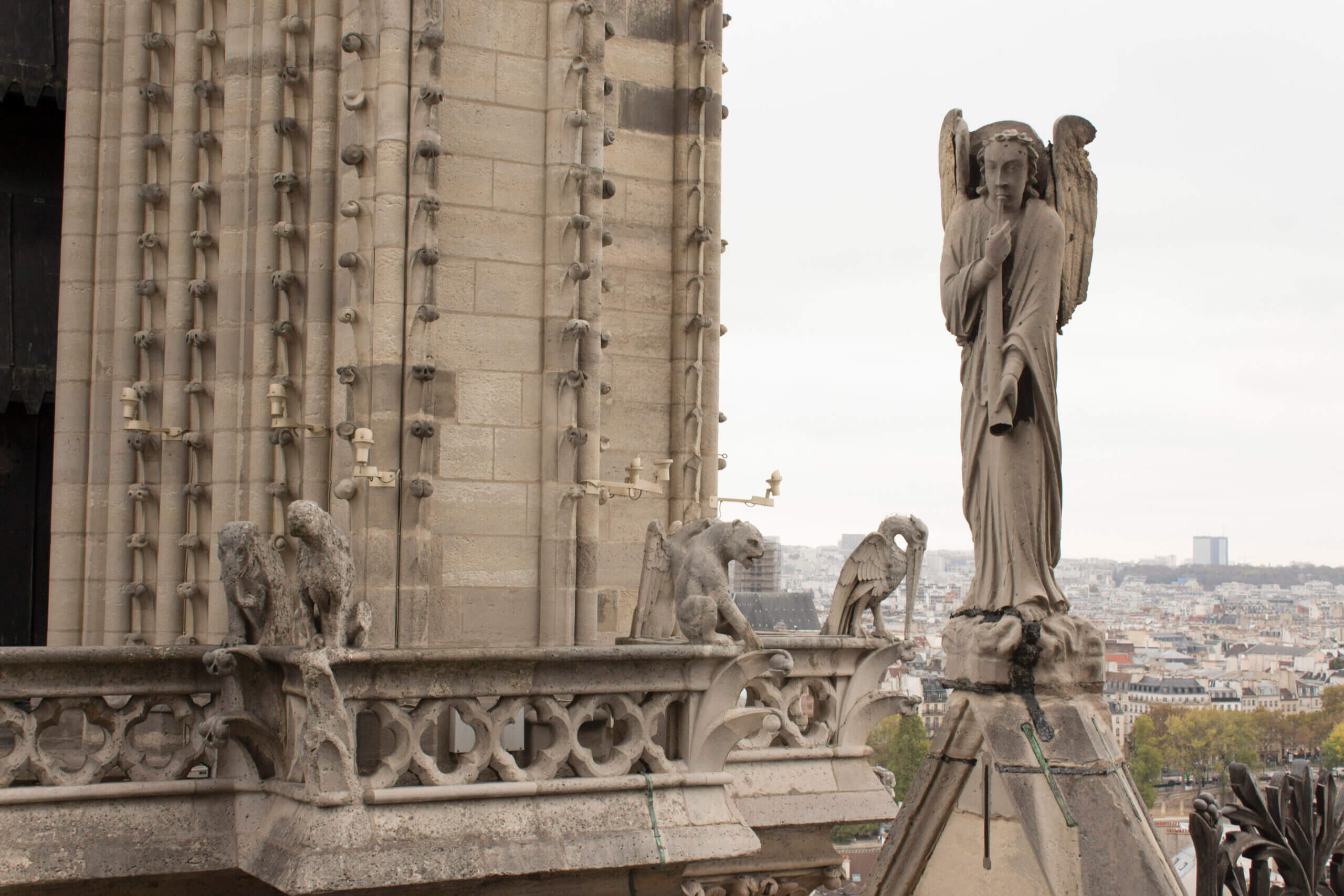

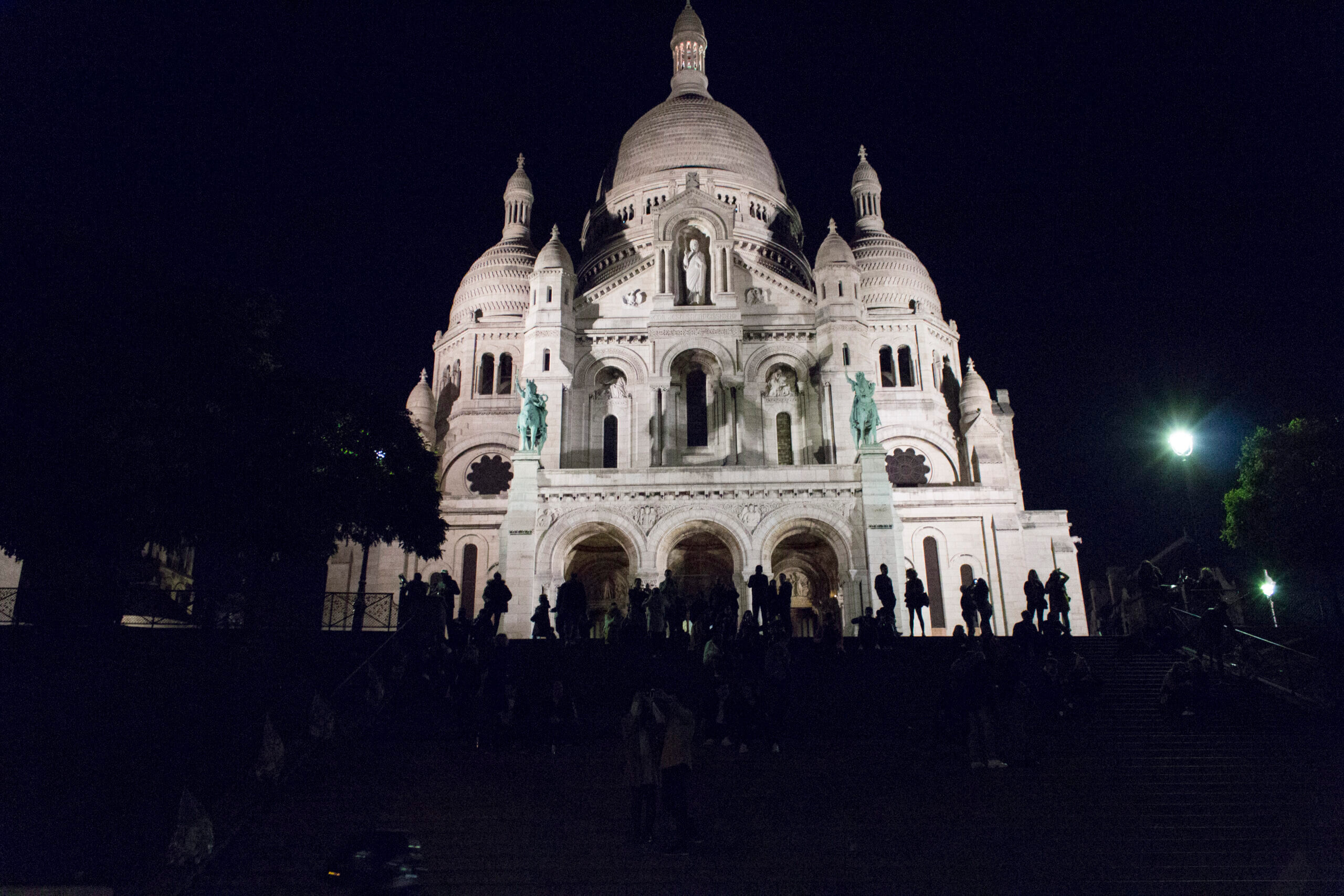
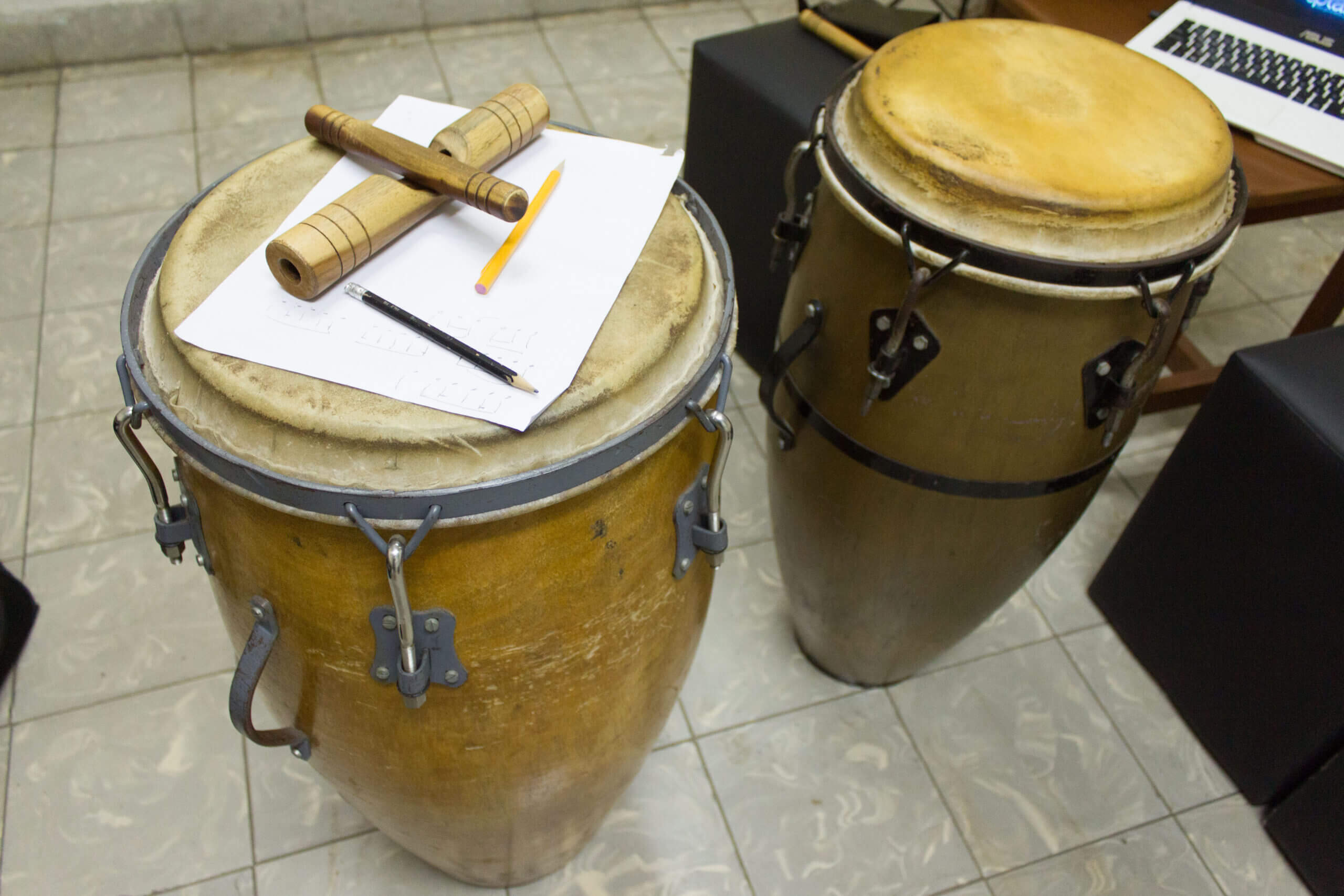
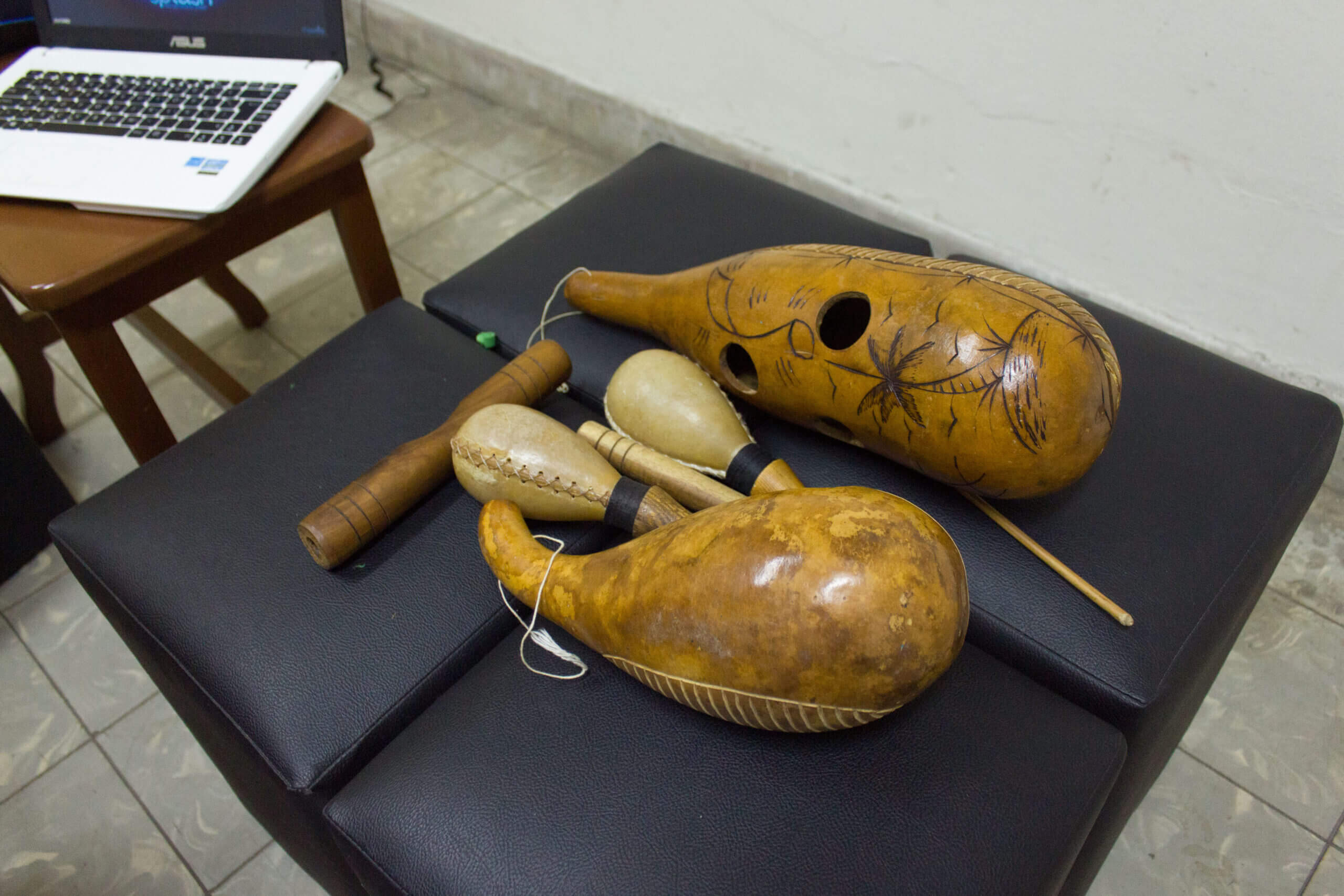
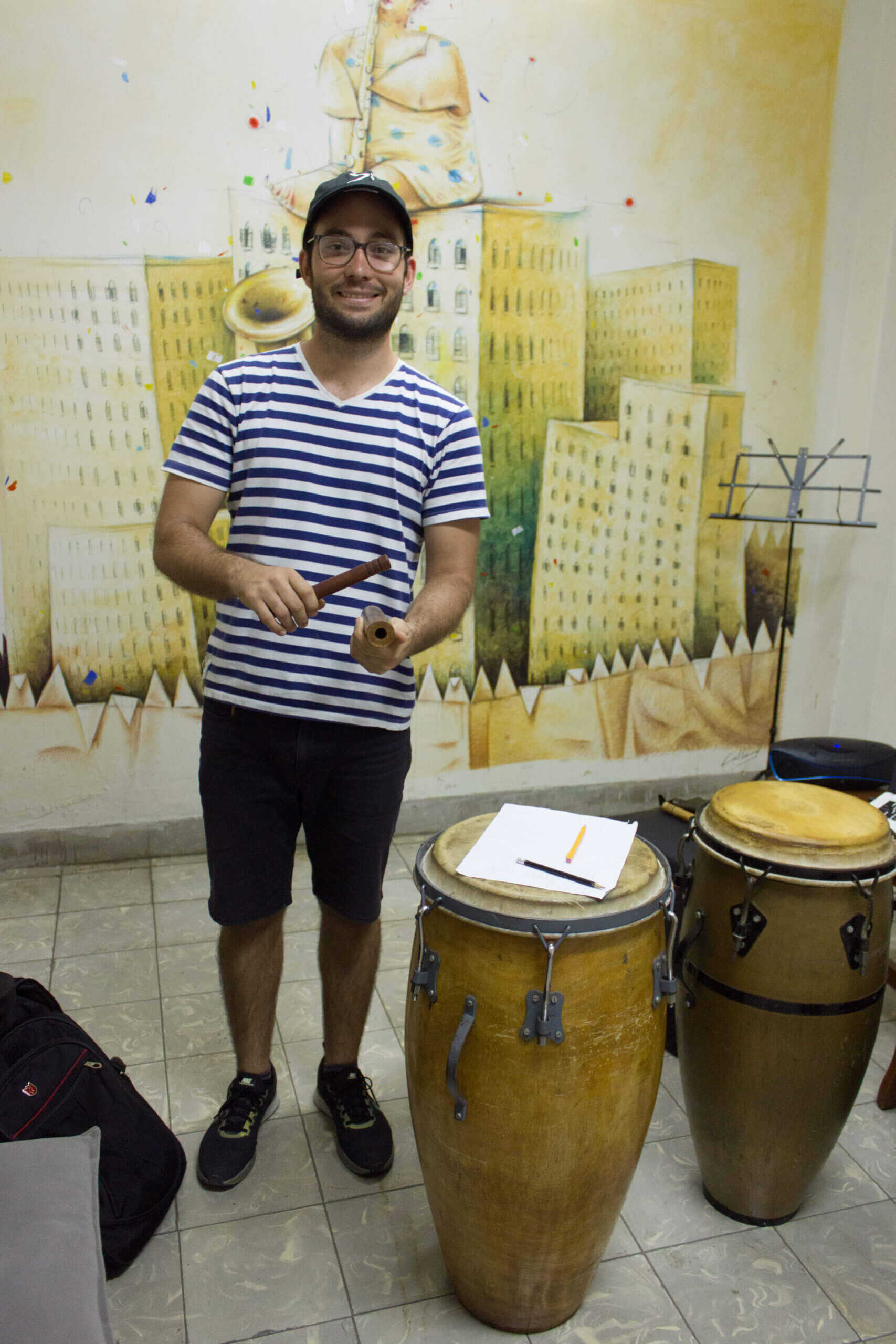




0 Comments